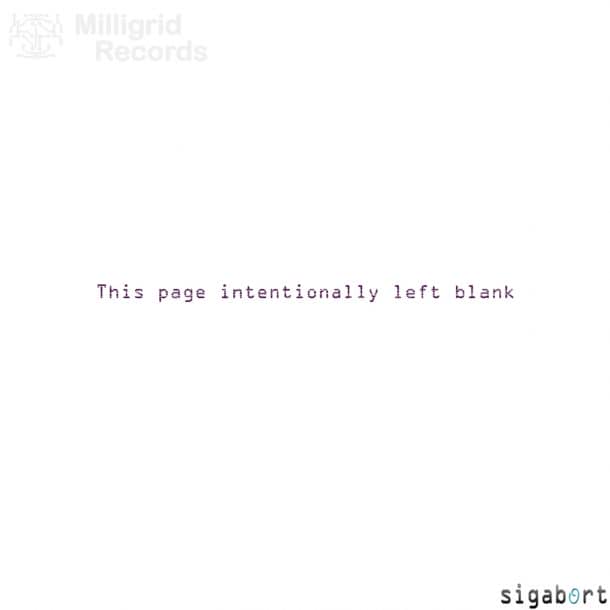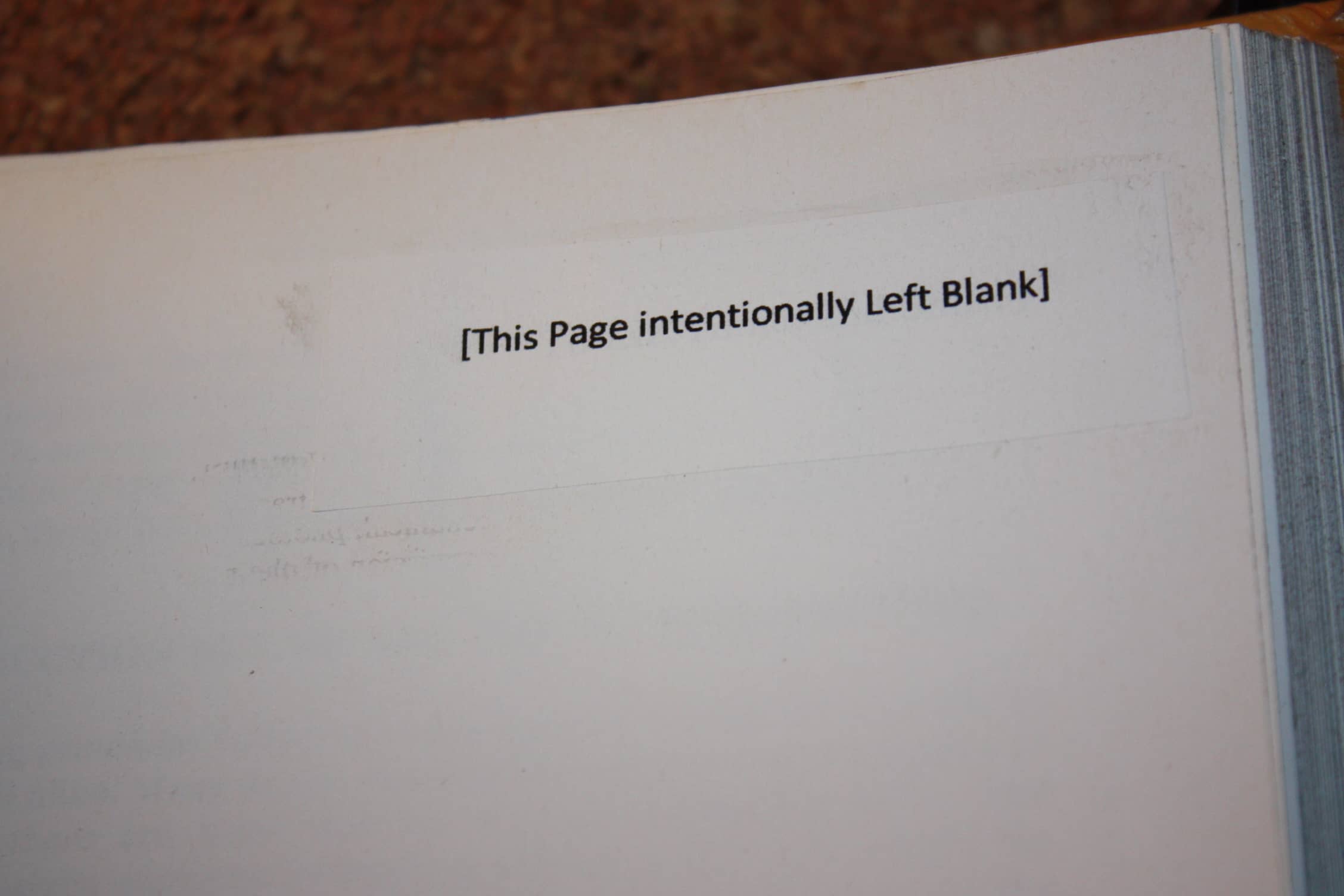It doesn’t make sense, does it? Why would someone want to intentionally leave a blank page in a book or an exam? Isn’t that anti-environmental and a huge waste of money and resources? But it’s not just a blank page, but also has the phrase “This page is intentionally left blank” stamped on its face, which means there must be a reason to this madness!
The first thing to note is that the statement “intentionally blank” goes back to the days when printing errors were commonplace. So to make sure the reader doesn’t get a flustered about missing out on a page, any blank page was marked by this. But the real question is, why put a blank page in the first place?
Starting with the timed test for students, a page is intentionally left blank to stop the test takers from jumping on to the next section before time. And to make sure the students aren’t confused about a random blank page, the statement of “This page is intentionally left blank” is added, along with “Stop Here” and other similar ones.

For official documents, a blank page is added to avoid ink leak from a pen to seep through and mar other sections of the documents. Official documents’ blank pages are often accompanied with a statement like “Do not write anything on this page.”
As for sometimes scores of blank pages in books and bound work, the apparent wastefulness is related to the specific ways the book is bounded since these works are often made by folding a single, large sheets of paper in specific ways. A special grouping is followed known as a “signature” which includes something like 4, 8, 16, or 32 pages out of a single large sheet. This means regardless of the type of folding; the book will end up with an even number of pages. And if for example, your content has 249 pages, one page has to be “intentionally left blank” to fill up the pages. This makes the selection of the signature all more important to minimize the number of blank pages.
You can watch the video below to learn more about the phenomenon!



As a technical writer, often had to insert a blank page for reasons of format or continuity . Being a sort of maverick, I would have mine marked, “This page intentionally left uninformative”